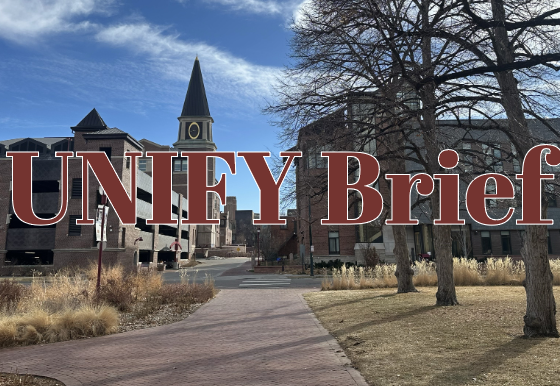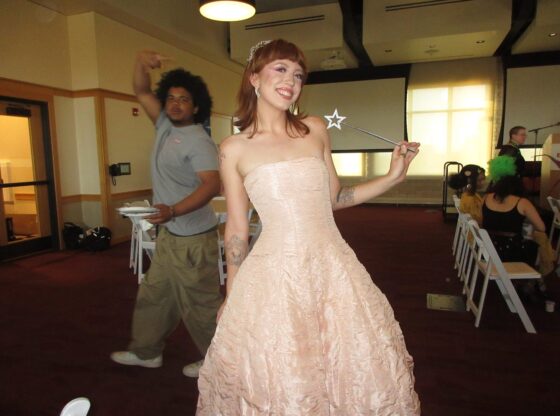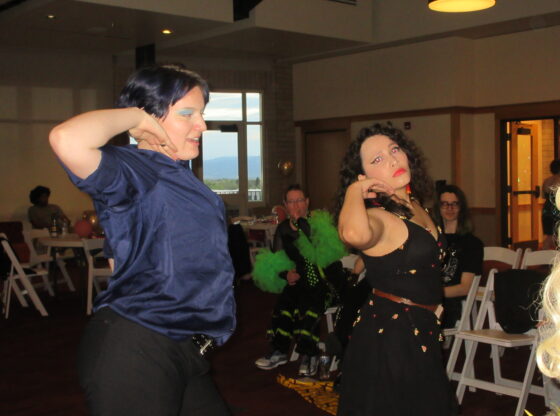Modern classical music took center stage last Thursday evening at the Newman Center for Performing Arts, in a concern of compositions by Chris Malloy, chair of the Composition and Music Theory Department at the Lamont School of Music.
The compositions varied and there was not a dull moment in the hour-and-a-half-long concert.
The evening was innovative and the music was top quality. There was not a dull or uninteresting moment in the concert, with each composition fitting nicely together for a wonderful evening of music.
The concert opened with a three-section composition for the 10-string guitar titled Millions of Mischiefs. Jonathon Leathwood performed the piece.
The piece features two contrasting melodies that at times seemed to compete with each other. The program described the offering as “two non-linear expansions of the texture.”
The second section, titled Unguarded Moments, examined the use of silence. The pauses were placed in a tantalizing way, focusing the audience’s attention on the strong sound of the guitar.
In the final section, titled Primitive Contraptions, Malloy explored the instrument by tapping on different area of the guitar to evoke a variety of sounds.
The piece flowed nicely from one movement to another although each was unique, a different but integral piece of a puzzle.
The composition was inspired by the work of Gaston Julia in geometry, which was the precursor to the “Mandelbrot images.”
One of the most interesting pieces was Fantasy A that had a working title of A Lincoln Tunnel Portrait. This composition features the interaction between a cello, played by Richard Von Foerster and piano, played by Malloy. The program note described this interface between the two instruments w a conversation about the Lincoln Tunnel under the Hudson River and the experience of emerging from the darkness of the tunnel into the bustle of midtown New York.
The cello was fast and insistent while the piano was more relaxed and slower. The cellos solo was almost frantic and the tension was palpable. At the finale, the two instruments link and the audience is left with an image of Manhattan at dusk.
The world premiere piece, titled The Gliding Intervals, a piece based on a 21st century madrigal by Andrew Gilchrist Haas. This piece was all pre-recorded music. Malloy used two products released in 2005, the Javascript object for Max/MSO and Yamaha’s text-to-singing Vocaloid software.
“In Javascript, I wrote a fuzzy algorithm that correlated voice leading and duration, then these used these tools to construct, a cantus firmus: this text sung from beginning to end without repetition by a solo soprano. I derived an accompaniment mixture from that,” according to Malloy’s description in the program notes.
While the composition was played the stage remained empty with the large organ in the spotlight. This gave the composition a creepy and disconnected feel.
The music which is highly stylized on the computer with the voice going from sounding completely robotic to completely human from one moment to the next. The music at first is a shock to the ears. But as the composition continues the shock wears off and the listener starts to become adjusted to this new form of music and can judge it on its own.The piece is an interesting comment on a human voice interacting with computers.
The remaining compositions were an ensemble piece, a viola interaction with a pre-recorded CD and a violin solo and a piano piece performed by Malloy and accompanied by pre-recorded CD music.










